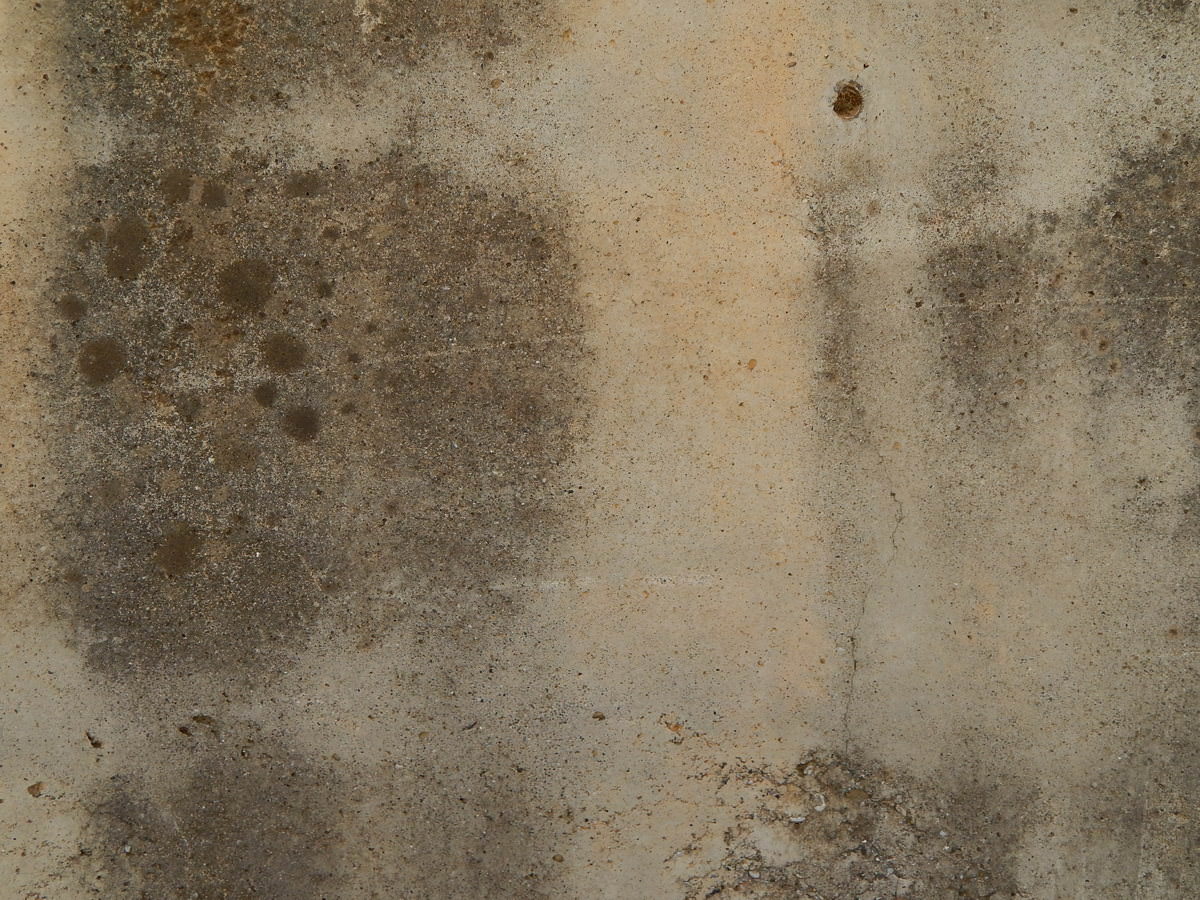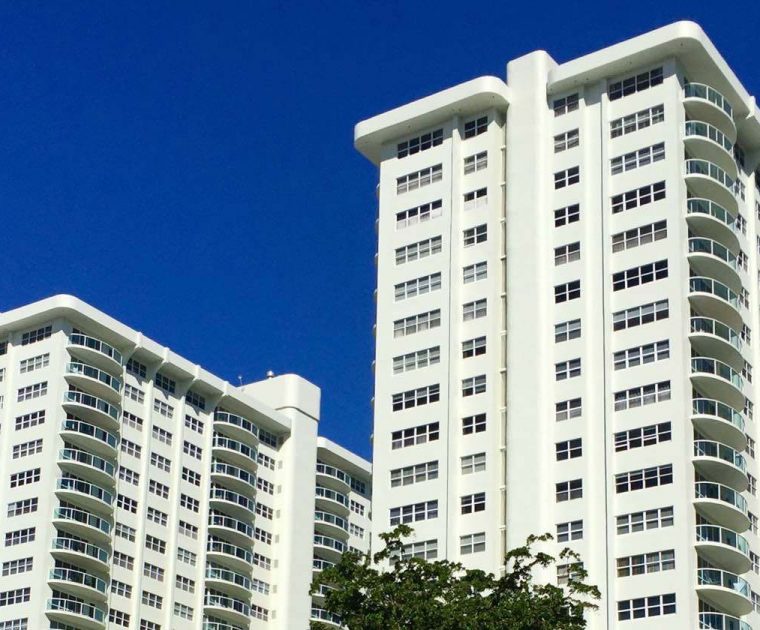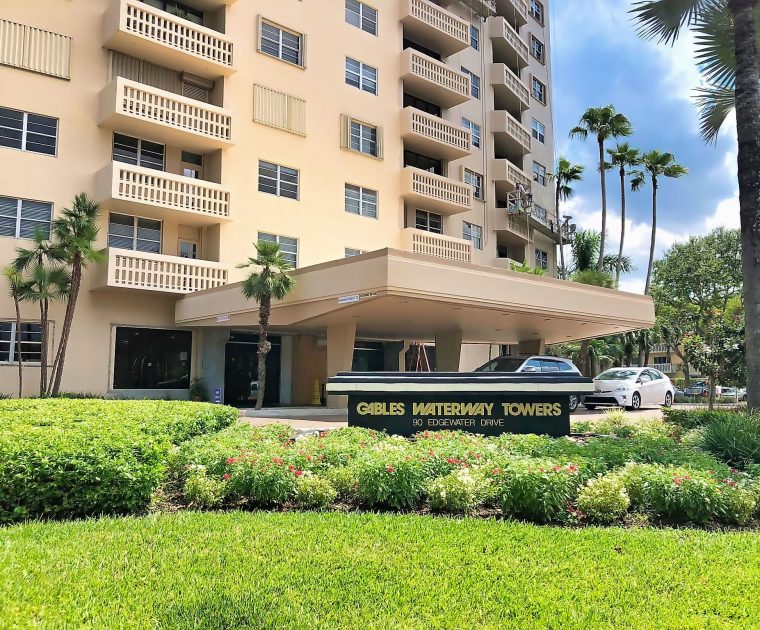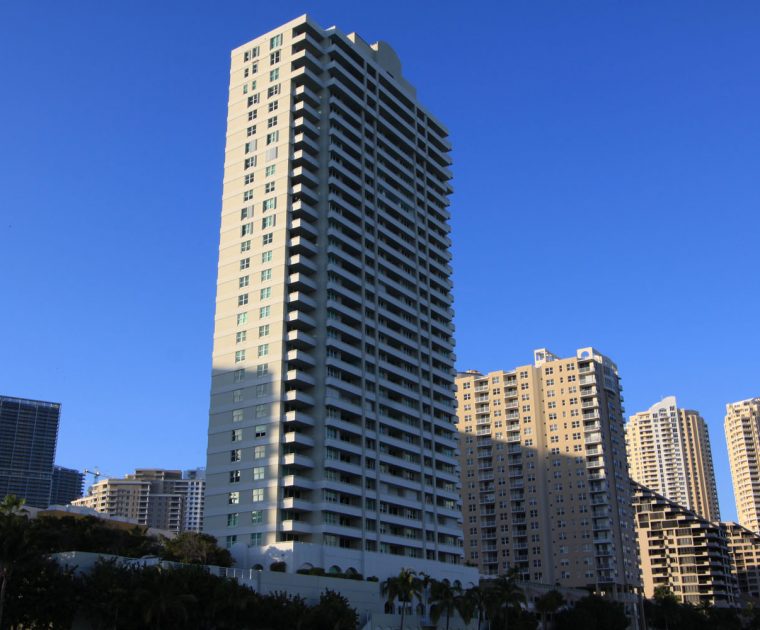Mold Growth: Floods can be devastating and inflict a considerable amount of immediate damage on property. Many people salvage what they can, and keep it. However, damage caused by floods can linger in the form of mold growth. Living in damp, moldy conditions is injurious to health, especially for those who’re susceptible to allergies. After a flood, you need to identify the mold and mold-like conditions, to address it & ensure it doesn’t spread.
Check for Mold Growth
The best tools to identify mold are your eyes and nose. The fungus has a very distinctive, musty scent that’s easily detectable.
- It might be white, black, grey, brown, yellow or green. It might also look cottony or velvety.
- Look closely at areas that smell distinctly of mold.
- Look for water stains, moisture or discoloration on your walls or floorings. The presence of water would attract mold
. - Check for it under the carpets and wallpapers, behind furniture, on flooring as well as in sink cabinets. These places are less exposed to the air and sun and are likely to retain moisture longer, therefore encouraging mold growth.
Ways to Address the Mold Growth
Getting rid of the conditions that cause mold, and tackling any that already exists, is the best way to prevent it from growing and spreading.
- The first step is to remove sources of moisture. If the flood has left behind any small puddles, remove them. You also need to look for sources that aren’t related to flood, such as leaky pipes and excessive condensation.
- As soon as the floodwaters recede, start drying damp materials. Remove waterlogged furniture & expose moist walls. If possible, use fans and dehumidifiers to remove excess moisture.
- Get rid of all materials that already have mold. This is especially important in porous materials like carpets, insulation, sheet rock, plaster, wood and paper products. These materials can’t be salvaged and must be bagged and thrown out.
- Non porous items like plastic, glass, metal, etc, can be cleaned and salvaged.
Avoid Further Mold Growth
You can stunt mold growth doesn’t by following these steps.
- Seal all moldy items in plastic sheets or bags.
- Always take the shortest route to get the moldy items out your property.
- Use plastic sheets to section-off the damaged area.
- Remove the outer layer of your clothes before venturing out of the damaged area.
- Wash your contaminated clothes separately.
If you follow these precautions, you’ll be able to mold growth from affecting your property.



